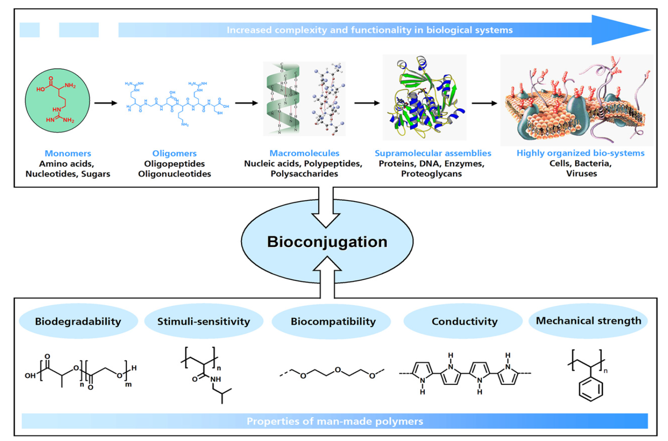WEB & MOBILE
Lorem ipsum dolor sit amet, dolor adipisicing dolor sit amet elit atis unde o
Design and synthesis of positively charged linkers for bioconjugate-drug development (TITOLO). Small interfering RNA (siRNA) represents a revolutionary tool for gene therapy with a wide array of potential applications in the regulation of gene expression. However, a successful clinical application of nucleic acid-based therapy requires novel delivery options because of the extremely labile nature of siRNA under physiological conditions, which hamper its efficient and sustained delivery. To physically entrap siRNA duplexes in the inner cavity of an engineered Humanized ferritin from Archaeoglobus fulgidus (HumAfFt), piperazine-based compounds featuring one or two piperidine rings (PAs) were rationally designed and synthesized (Figure 1). These rigid-rod-like amines were further functionalized with thiol-reactive crosslinkers (i.e., maleimide and fluorobenzene sulfonamide) for chemoselective conjugation of cysteine residues inside the HumAfFt cavity (Figure 1).2 These systems allowed siRNA delivery into HeLa, HepG2 and MCF-7 cancer cells with an improved silencing effect on glyceraldehyde-3-phosphate dehydrogenase (GAPDH) gene expression with respect to traditional transfection methodologies. They provided a promising TfR1-targeting system for multifunctional siRNA delivery to therapeutic applications. Significantly, the developed siRNA-based silencing systems might be employed for various biotechnological applications.
These rigid-rod-like amines were further functionalized with thiol-reactive crosslinkers (i.e., maleimide and fluorobenzene sulfonamide) for chemoselective conjugation of cysteine residues inside the HumAfFt cavity (Figure 1).2 These systems allowed siRNA delivery into HeLa, HepG2 and MCF-7 cancer cells with an improved silencing effect on glyceraldehyde-3-phosphate dehydrogenase (GAPDH) gene expression with respect to traditional transfection methodologies. They provided a promising TfR1-targeting system for multifunctional siRNA delivery to therapeutic applications. Significantly, the developed siRNA-based silencing systems might be employed for various biotechnological applications.
(Bioconjugate Chem. 2021, 32 (6), pp 1105−1116)